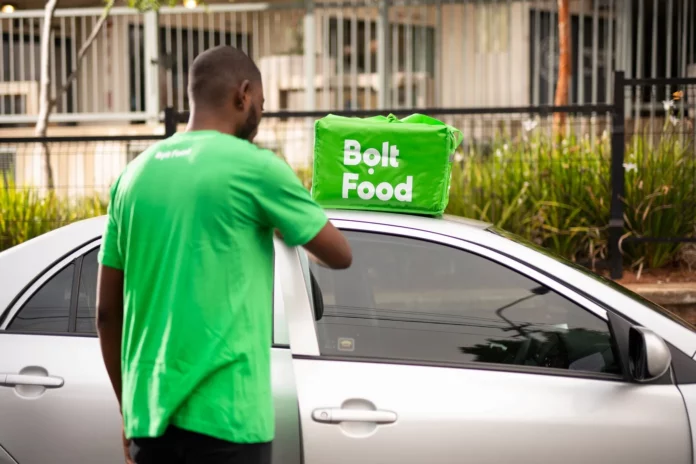Hungry in Kenya? Well, you’re in luck because the food delivery industry is booming! Forget the hassle of cooking or going out to eat. Now you can satisfy your cravings with just a few taps on your phone. It’s like having a personal chef at your fingertips, ready to whisk your favorite dishes right to your door.
So, what’s the dish du jour in the world of food delivery? Drumroll, please… It’s none other than chicken! Yep, those cluckers are flying off the virtual shelves. On the Bolt Food platform alone, over 30,000 orders of chicken were placed in the past year. It seems like Kenyans just can’t get enough of that finger-lickin’ goodness. Pizza takes the silver medal in the food delivery Olympics, followed closely by burgers and a little liquid courage—alcohol.
But what’s behind this hunger for delivery? Well, it’s a combination of things. The rise of the middle class in Kenya means more folks have a taste for the finer things in life, and that includes convenience. With cities growing at lightning speed, who wants to battle traffic and hunt for parking just to grab a bite to eat? Not you, my friend! That’s why food delivery apps have become the knight in shining armor, bringing deliciousness straight to your doorstep.
And let’s not forget the impact of the pesky pandemic. With restaurants and hotels shutting down or operating under strict restrictions, food delivery has become a lifeline for both hungry consumers and struggling businesses. It’s a win-win situation—yumminess delivered to your door and support for local eateries. Talk about a foodie revolution!
According to the gurus at Statista, the food delivery industry in Kenya is no small fry. In 2022, restaurants and platforms raked in a whopping €172.7 million (that’s a cool Sh22.5 billion!) from delivering food to hungry customers. The most popular type of delivery? It’s the classic restaurant-to-consumer route, bringing in €114.7 million (Sh14.9 billion). That’s a whole lot of deliciousness making its way to our doorsteps!
But hold onto your forks, my food-loving friend, because the future of food delivery in Kenya is looking bright. Statista predicts that by 2027, the number of meal delivery users will hit a mouthwatering 25.1 million. That’s a lot of hungry bellies eagerly awaiting their foodie fix. So get ready to join the party because convenience is the name of the game!
Now, let’s talk logistics. Most food in Kenya is zooming its way to you on two wheels—bicycles and motorcycles to be exact. These speedy couriers weave through traffic like food-delivery ninjas, ensuring your meal arrives fresh and piping hot. Delivery fees are often bundled into the total cost of your order, taking into account the value of your goodies and the distance traveled by the intrepid delivery hero.
So, my friend, the next time hunger strikes and you find yourself craving a delectable chicken dinner or a cheesy slice of pizza, don’t fret. Just whip out your phone, fire up your favorite food delivery app, and let the flavors come to you. It’s like having a delicious surprise party at your doorstep every time. Bon appétit!

